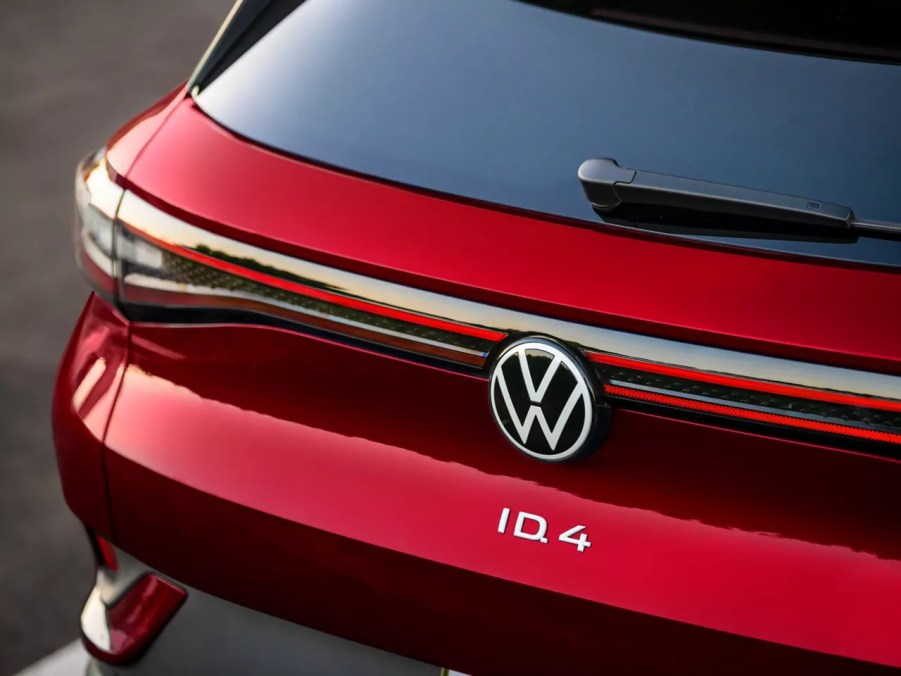
Your 2023 EV Federal Tax Credit Questions Answered
The EV federal tax credit is not an easy thing to figure out. But, it can certainly make a difference when you’re buying one. The $7,500 tax credit can lower the price of a new EV, and let’s face it, most new electric vehicles are expensive. The EV federal tax credit got a revamp when the new climate bill passed this year and many of you have questions.
Is there a tax credit for buying an electric vehicle?
For a variety of reasons, the federal government wants you to buy a new EV. To make that happen, the feds are giving a $7,500 tax credit, which works kind of like a rebate, to buy one. But, it’s not easy to figure this out, and only a limited number of cars qualify (more on that below). Also, act fast: the IRS will update its list in March, so several EVs that qualify today may not in just 45 days.
Though today the credit is on your federal taxes, in 2024 you’ll be able to take the credit at the time you buy the vehicle. But not today. There’s also an income limit. If you’re single and make more than $150,000 annually, you won’t qualify. Other income limits apply for couples who make more than $225,000 annually.
First, they must be manufactured in North America (not just the U.S.). That rules out many popular cars like the new Hyundai Ioniq 5 or the some EV Audis, for example. There’s also a price cap: EV cars cannot exceed $55,000 while trucks and SUVs can cost more, up to $80,000. The caps are in place to encourage manufacturers to build less-expensive EVs. We love the upcoming Cadillac Celestiq, but it’s too expensive to qualify, for example, while the Lyriq does.
Which EV cars qualify for a tax credit?

The IRS publishes a list of vehicles, and the basic rules here at IRS.gov. The list has several pull-down menus for brands of cars. It lists nearly every manufacturer, but when click on many of the boxes, you don’t get a list of cars but instead a note that says that manufacturer doesn’t yet make any qualifying vehicles. Honda, for example, has made cars in the U.S. for decades, but hasn’t submitted any EVs yet. Though General Motors makes dozens of different vehicles, only the Chevy Bolt and Lyriq qualify.
Some qualify in different ways. The VW ID.4, for example, qualifies if it was built in Tennessee. It also qualifies as a car with a $55,000 cap, unless you add all-wheel drive, then the EPA for some reason says it’s suddenly an SUV, and it has an $88,000 cap. The Tesla Model Y qualifies under the SUV regs if it has three rows, but not if it’s equipped with just two.
Can I still get the EV federal tax credit in 2022?

Like most tax questions, this one is complicated. You have to put the EV “into service,” which means you start driving it for personal, not business, use, after Dec. 31, 2022. The tax credit is taken in the year that you take delivery of your EV, according to Kiplinger.
Can I get a tax credit on a used or leased EV?
Some used EVs also qualify. The Inflation Reduction Act, according to NPR, says that any clean vehicle, which also means hydrogen-powered vehicles and some hybrids can qualify if they have a battery that has at least 4kWh of capacity. That means that some PHEVs and larger hybrids will qualify. Some leased cars qualify for a reduced tax credit, too. But, the company that owns the car, the leasing company, gets the credit and can pass the credit’s savings on to you. The EV tax credit is separate from the federal 179 deduction for large trucks and SUVs.



